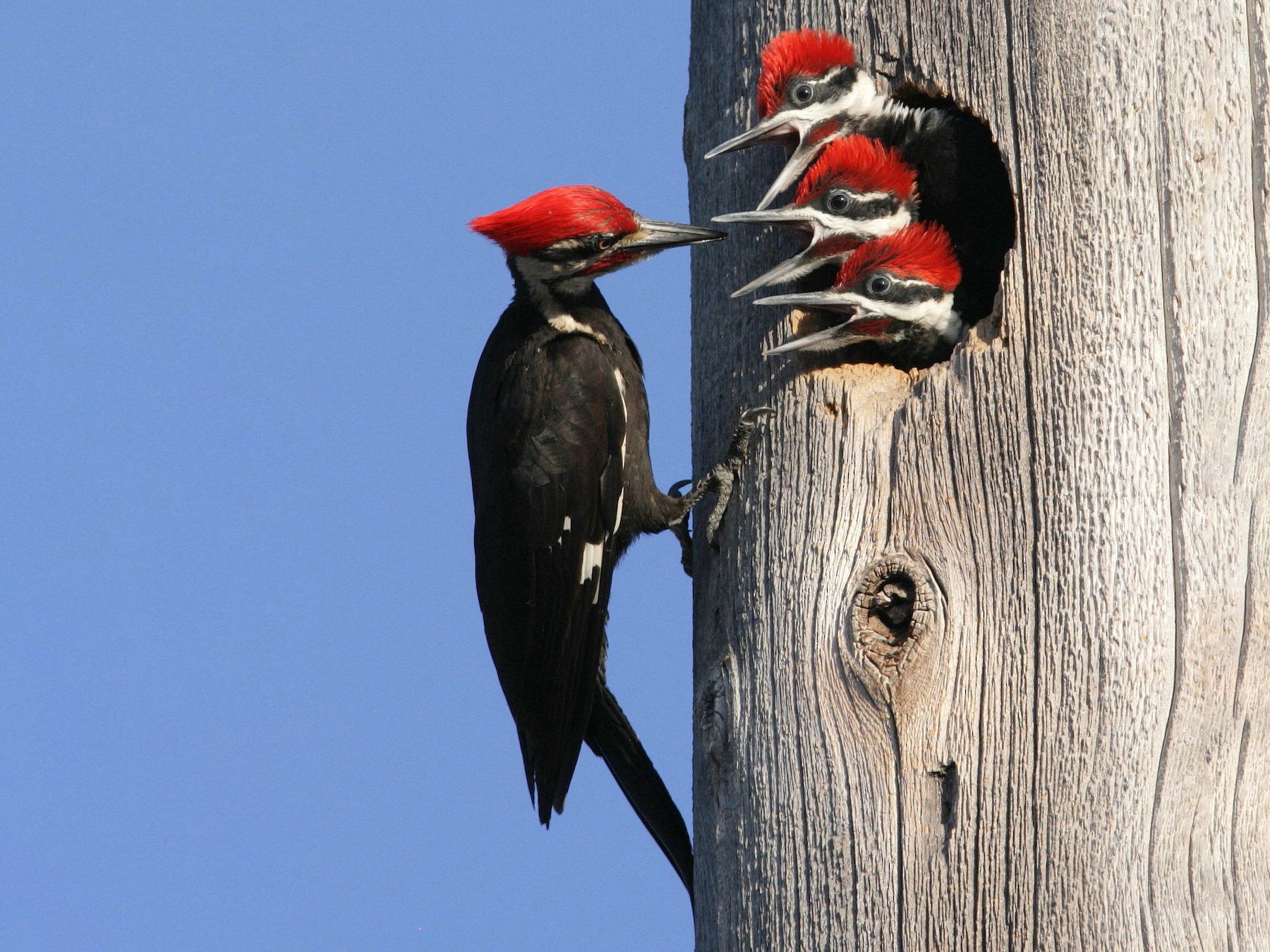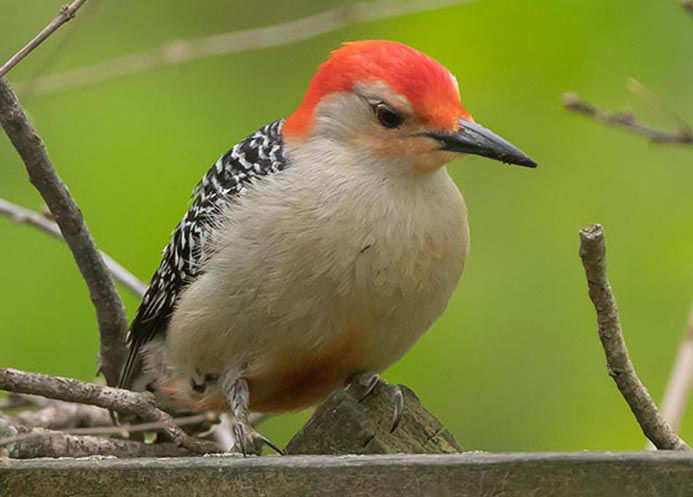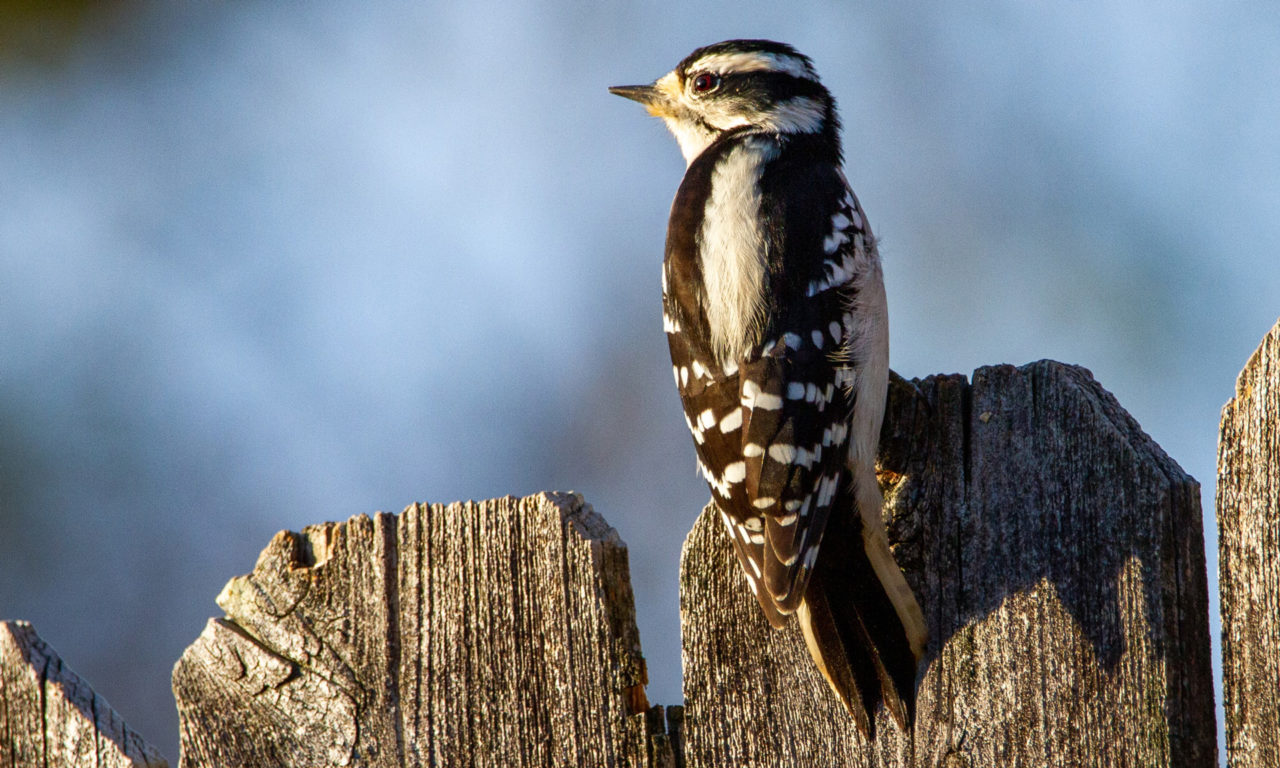Woodpeckers Unleashed: Discovering the Wonders of These Proficient Tree Climbers
Woodpeckers, with their distinctive markings and balanced drumming resembling through wooded locations, hold an unique place in the bird globe - Woodpeckers in Florida. As we delve into the detailed details of woodpeckers' nesting habits, feeding strategies, and the recurring conservation efforts to shield these remarkable birds, a deeper recognition for their area in nature unfolds.
Composition and Adaptations
When checking out the anatomy and adjustments of woodpeckers, one can observe remarkable attributes that make it possible for these birds to prosper in their specialized eco-friendly particular niche. Woodpeckers are equipped with a suite of special physiological qualities that assist them in their woodpecking actions. One of the most popular functions is their solid, chisel-like beak, which is specialized for drilling into wood to uncover insects or create nesting tooth cavities. This beak is sustained by solid neck muscle mass and an extremely created head framework that works as a shock absorber, permitting woodpeckers to repeatedly eat trees without causing brain injury. Furthermore, woodpeckers have zygodactyl feet, with two toes dealing with ahead and two facing backward, offering a firm grip on tree trunks while they look for food or drum for communication.
Furthermore, woodpeckers have a distinct tongue structure that is long, barbed, and sticky, allowing them to draw out bugs from crevices in wood. This specialized adaptation permits woodpeckers to make use of a food source that is hard to reach to lots of various other bird species. On the whole, the makeup and adaptations of woodpeckers display the exceptional evolutionary solutions that have actually enabled these birds to thrive in their arboreal environment.
Drumming Behavior
Having discovered the anatomy and adjustments of woodpeckers, the focus currently moves to understanding their drumming actions, a distinctive element of their communication and territorial display screens. Drumming is an important kind of communication amongst woodpeckers, serving numerous purposes such as developing territories, drawing in mates, and signaling alarm. Each woodpecker varieties has a distinct drumming pattern that aids individuals identify participants of their own varieties and differentiate them from rivals or predators.
Woodpeckers create drumming audios by swiftly pecking on resonant surface areas such as dead trees, energy poles, or also steel items, creating a series of balanced beats. The strength and rate of drumming can vary based upon the purpose; as an example, a quick drumming sequence may symbolize aggression in the direction of burglars, while a slower and softer drumming pattern could suggest courtship (Woodpeckers in Florida). In addition, woodpeckers might adjust the regularity and period of look at this site their drumming to share particular messages successfully
Nesting Behaviors
Exploring the nesting routines of woodpeckers discloses fascinating insights into their reproductive habits and environment selections. Woodpeckers are known for their distinct nesting preferences, usually excavating cavities in trees to produce sheltered areas for increasing their young. These dental caries offer not only as a nesting site however likewise as a safe and secure haven from killers and stormy weather.
Woodpeckers exhibit a high level of fidelity to their nesting sites, frequently returning to the exact same place every year. This habits highlights the value of appropriate habitat accessibility for their reproductive success. The choice of a nesting site is important for woodpeckers, with aspects such as tree varieties, elevation, and degeneration stage playing significant roles in their decision-making procedure.
Interestingly, some woodpecker varieties are recognized to dig deep into several cavities within their region, providing themselves with alternative nesting options. This strategy might offer as a form of insurance against possible dangers or disturbances to their primary nesting website.

Feeding Methods
Woodpeckers use a variety of specialized feeding techniques to procure their main food resources. Among the most distinctive feeding habits of woodpeckers is drumming, which entails quick pecking on trees to uncover bugs underneath the bark. This drumming not just aids them locate victim yet additionally functions as a means of communication with other woodpeckers. Woodpeckers have strong, chisel-like beaks that permit them to pierce right into timber effortlessly. Once a hole is produced, they use their long, barbed tongues read this to draw out bugs such as ants, beetles, larvae, and crawlers. These tongues are coated with sticky saliva that aids trap the victim. Woodpeckers are likewise understood to dig deep into tooth cavities in trees to accessibility surprise insect larvae or sap. Some species, like the acorn woodpecker, store nuts in specially created holes called granaries. This tactical keeping of food assists them make it through during food shortage periods. Woodpeckers are really exceptional in their feeding strategies, showcasing flexibility and knowledge in obtaining their nutrition.
Conservation Initiatives
Among the detailed feeding strategies showed by woodpeckers, the conservation efforts intended at securing these interesting birds play a critical function in preserving their environments and populaces. Woodpeckers face numerous dangers to their survival, including habitat loss as a result of deforestation, environment modification modifying their ecological communities, and accidents with man-made frameworks such as buildings and lorries - Woodpeckers in Florida. Conservationists are actively functioning to address these obstacles and guarantee the lasting wellness of woodpecker varieties

Education and public recognition campaigns are also essential elements of woodpecker preservation initiatives. By raising awareness regarding the significance of these birds in maintaining healthy forest communities, conservationists can amass support for environment conservation campaigns and advertise liable land administration practices. With collaborative efforts in between researchers, policymakers, and regional communities, we can function my review here together to secure a future where woodpeckers thrive in their all-natural habitats.
Final Thought

Comments on “Woodpeckers in Florida: Identification Tips and Habitat Preferences”